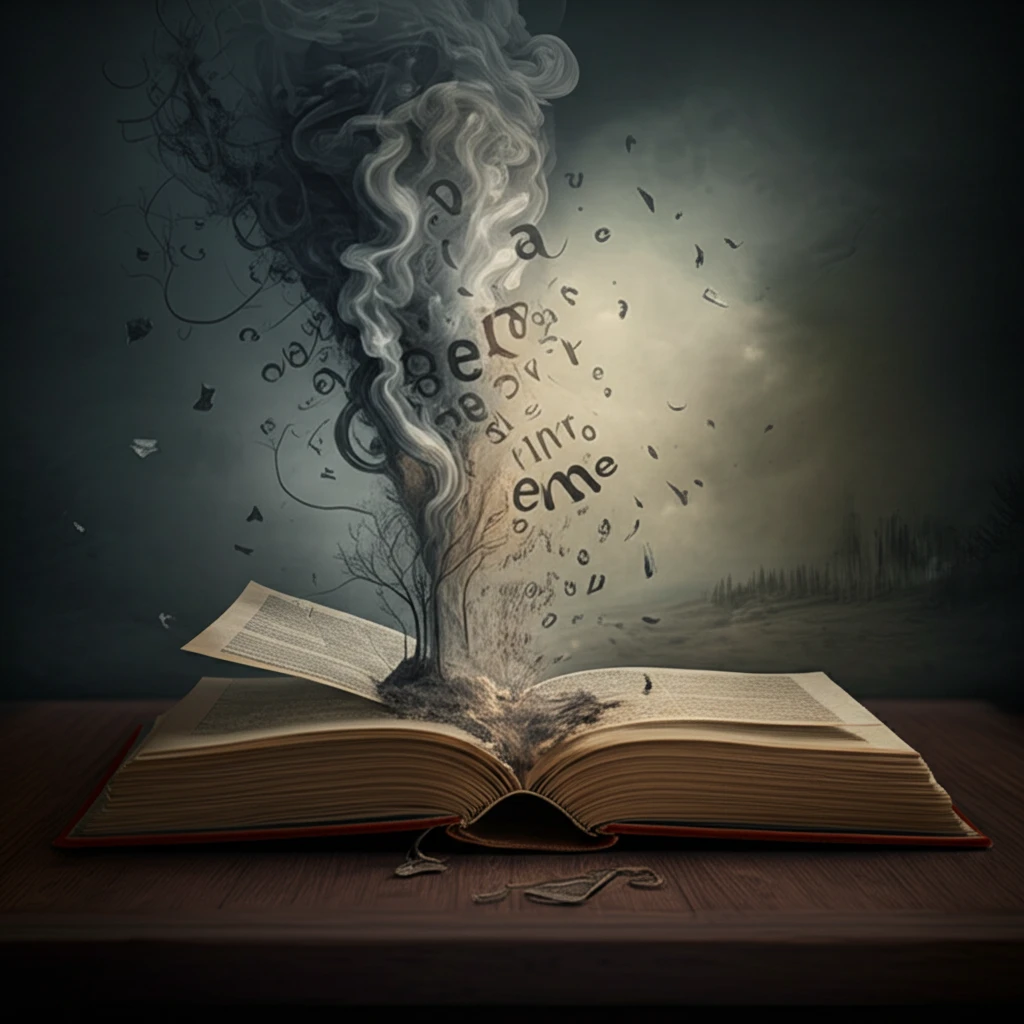
The Art of Erasure: How Deleting the Past Shapes Our Present
"Uncovering hidden meanings in historical texts and exploring the power of what's left unsaid."
In the realm of historical texts, what is omitted often speaks volumes. Erasure, the intentional act of removing or obscuring words, transcends simple deletion. It's a deliberate intervention that can reshape narratives, reflect power dynamics, and even inspire creativity. By examining instances of erasure in early American texts, we gain insight into the motivations behind these alterations and their lasting impact.
Consider the story of a young Herman Melville, receiving an award from the Albany Academy. To mark the occasion, he was gifted "The London Carcanet," a collection of literary extracts. However, within its pages, a different kind of inscription took place: erasure. Scratched-out words and faded lines hint at a complex relationship with the text, raising questions about the motivations and consequences of these acts of deletion.
This exploration of erasure delves into the material processes involved, from the physical act of rubbing out words to the evolution of erasing tools. It considers how erasures manifest in various forms, leaving traces that can be interpreted as evidence of absent writing. This journey uncovers the delicate balance between presence and absence, revealing how the seemingly simple act of deletion can unlock deeper understandings of history and culture.
The Materiality of Erasure: More Than Just Deletion

Unlike other elements of a text, such as binding or marginalia, erasure exists in a liminal state between presence and absence. It's a physical alteration that signifies a shift, marking the transition from something being there to its removal. The physical traces of erasure, whether faded ink or scratched-out words, serve as reminders of what once was, inviting speculation about the reasons behind the deletion.
- Control of Narrative: Erasure can be used to suppress dissenting voices or rewrite historical accounts to align with a particular agenda.
- Evolution of Values: Changes in what is deemed acceptable or desirable in a society can lead to the erasure of certain words or ideas from texts.
- Creative Expression: Erasure techniques can be used to create new meanings or generate unexpected interpretations of existing texts.
- Preservation of Secrets: Erasure might conceal sensitive information, protecting individuals or institutions from scrutiny.
The Enduring Legacy of Erasure
Erasure is more than just an act of deletion; it's a powerful force that shapes our understanding of the past and present. By carefully examining instances of erasure, we can uncover hidden meanings, challenge dominant narratives, and gain a deeper appreciation for the complexities of textual interpretation. The traces left behind by erasure invite us to consider the motivations, consequences, and enduring legacy of this transformative act.
